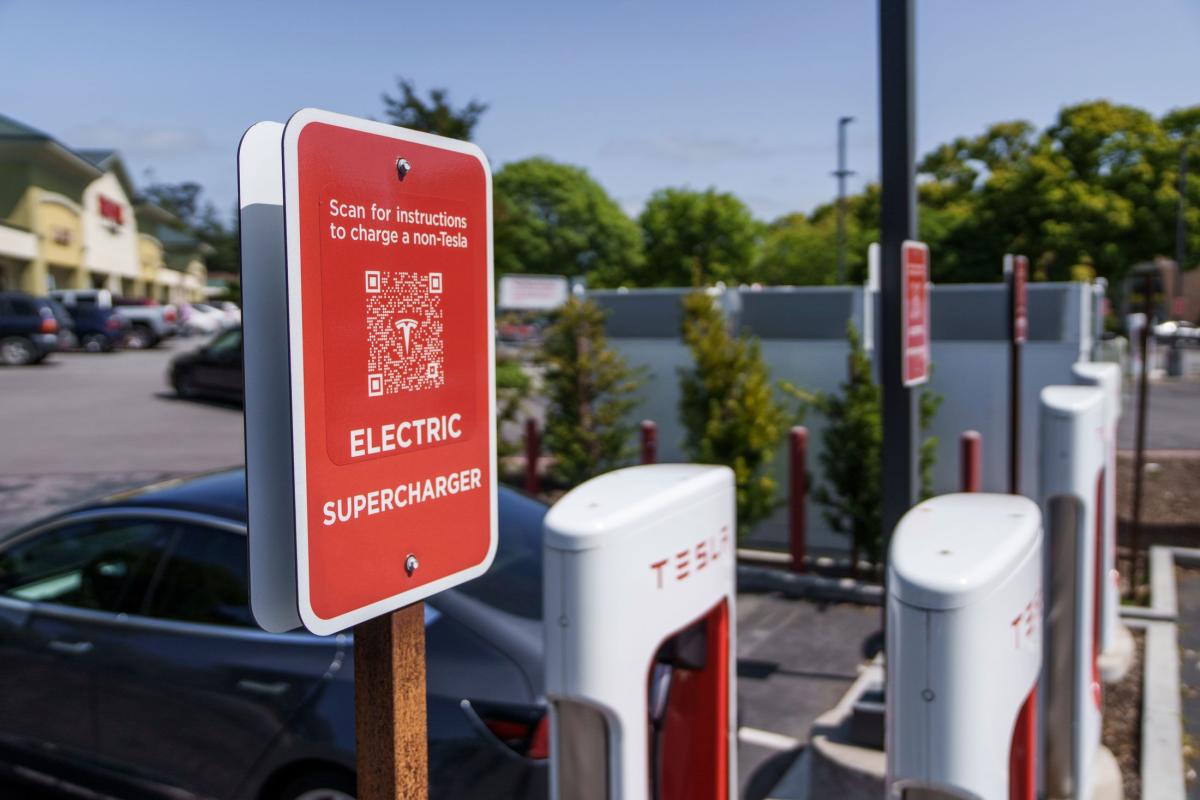Elon Musk on Twitter
Some interesting Supercharger V3 comments on reddit. No idea if its accurate but seems mostly plausible. 20% to 80% charge in 13-15 minutes for Model 3 would be an extremely significant development in my opinion.
Apparently they were told by a friend who works at Tesla.
Source: u/NetBrown
- "200kW is correct.
- All Model 3 battery chemistry will be able to handle this.
- Total redesign from the current v2, which uses repurposed vehicle chargers. V3 is done from start using industrial inverters based from Power Packs.
- Ideally meant for long distance only, will be deployed in far out places to bridge gaps (Forks,WA will be one of the first places in the NW completed).
- Initially will not have liquid cooled cables in early release, but all v3 will eventually have liquid cables."
Q. Source?
- A: You won't like it, but a friend who works there. We will all see if I (or rather he/she) was lying to me in a couple of days.
- Also: Cars which can not use full rate will still be able to SC at these, just will take longer.
- Suspicion of mine: firmware update in late march will enable not just the 5%power increase but also have v3 support in it
Q. What would be the equivalent in mi/hr roughly?
Q. How would it possibly cut the time in half?
- A: At full power? Not sure, but supposedly the taper will be different too. Target charge time is to cut the prime 20-80 zone in half in terms of time
- Well half the timeframe for this on a 3 (which supports the full 200kW speed) would still be about 13-15 min. Definitely faster, but not quite a gas fill up yet.
Q. So 200 to start and maybe 250 with liquid cables ?
- A. Partly by increasing power, partly by adjusting the charging curve.
- Not all chemistry can handle it, and SC v2 was put out before several changes in chemistry were made. This upgrade should allow newer cars to do a more aggressive charging curve without cell degradation.
- A. No, I was told just a flat 200. That said, 200 at 400v is faster than the Taycans 350 at 800v"
More info posted:
NetBrown
"I asked some more details since there was more interest about the details.
- The liquid cables will actually be much thinner than the current SC cables, the coolant pump is located in the base of the SC (v3 can retrofit into existing v2 chargers), and while the cabinets can support 250kW max (so I suppose it would be possible to upgrade to 250kW in the future), the individual chargers will be max 200kW.
- PV and Power Pack integration is a part of the design spec, but no required.
- 40% better throughput performance compared to v2 per site
- Thermal Foldback improvements over v2
- v3 cabinets get 5 power stages at 70kW output per power stage for 350kW AC -> DC per v3 cabinet
- v3 cabinet also houses 2x DC-DC modules per post yielding 100kWx2 for the 200kW deliverer per post
- Any extra power (assuming the extra 50kW the cabinets can produce versus what the chargers are delivering if the cabinet is maxed, or if only partially maxed, any extra power) can be shared across cabinets. Since multiple cabinets will be at each site, this lessens if not removes the v2 "shared" power with linked chargers
- Site master controller is 4G LTE for communication of all diagnostics (as well as the verify car and billing of power consumed) so better knowledge when a site has a problem - leading to more proactive fixing of sites with broken/malfunctioning chargers
- The cost reduction will come from higher power conversion efficiency (96% for v3 versus 92% for v2), less harmonics, and no overvoltage sensitivity (though the cabinets are larger and heavier than v2), ultimately leading to an approximate 20% more customers served per dollar spent on power
- Overall AC input is 438kVA, 526A
- Can link up to 7 v3 cabinets per bus (or a block), which can also link to one Power Pack
- Cabinets are on a shared DC radial configured bus of 880-1000
- This is then pushed out to the chargers (posts) and DC 180-500v, 250kW max"




